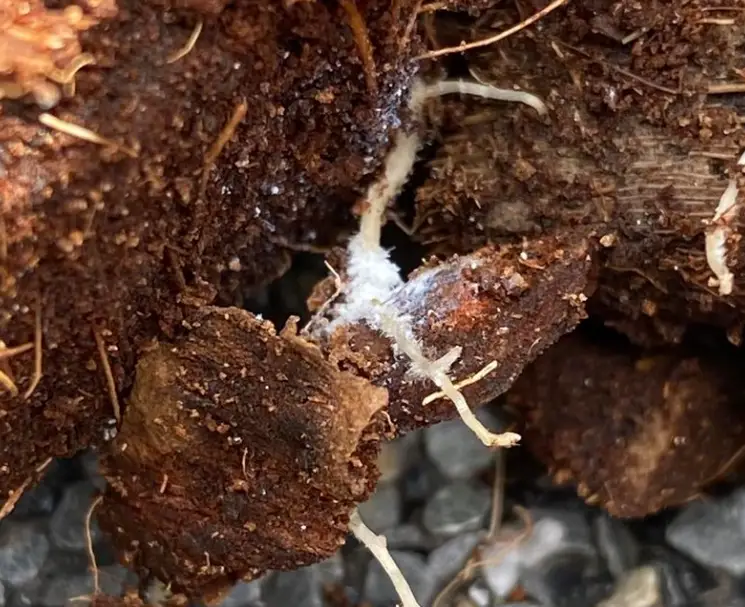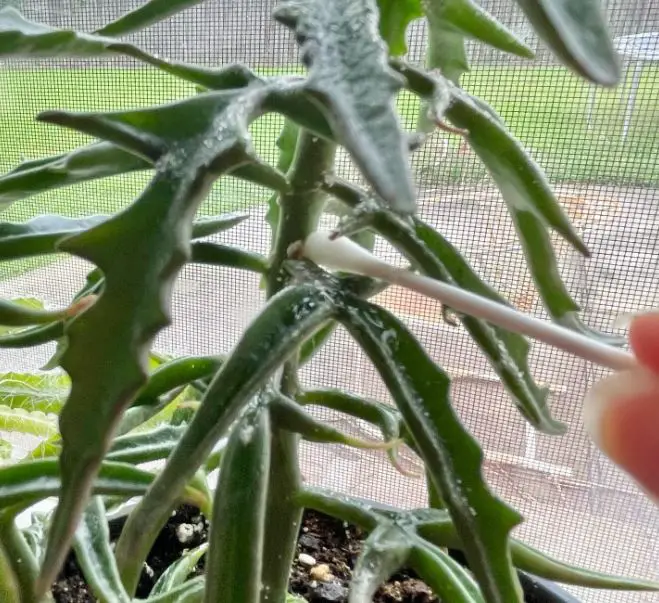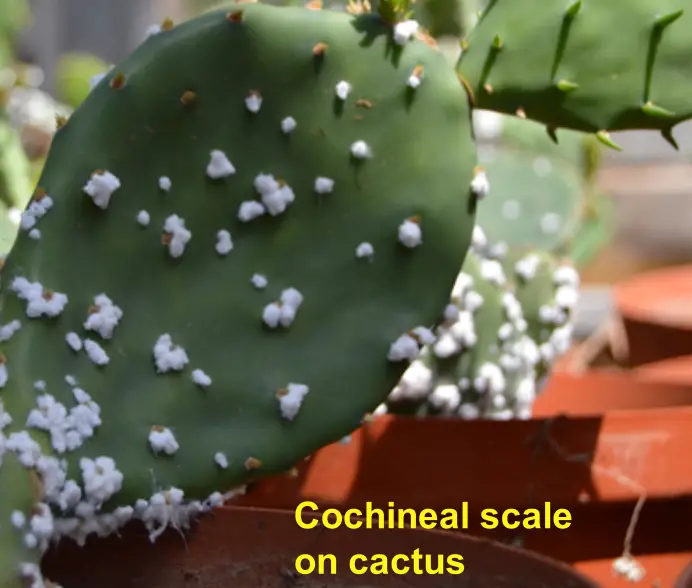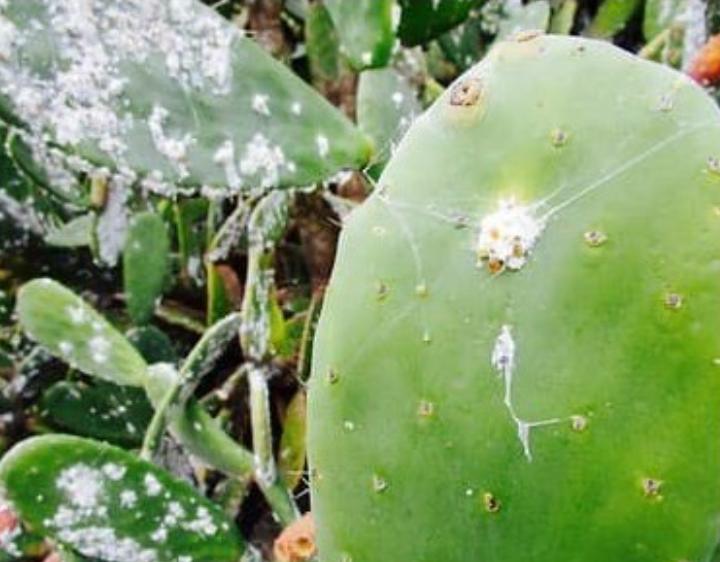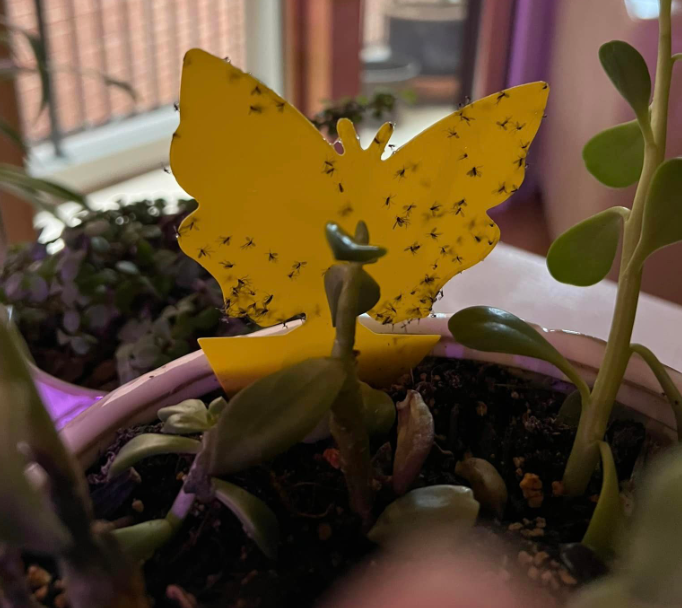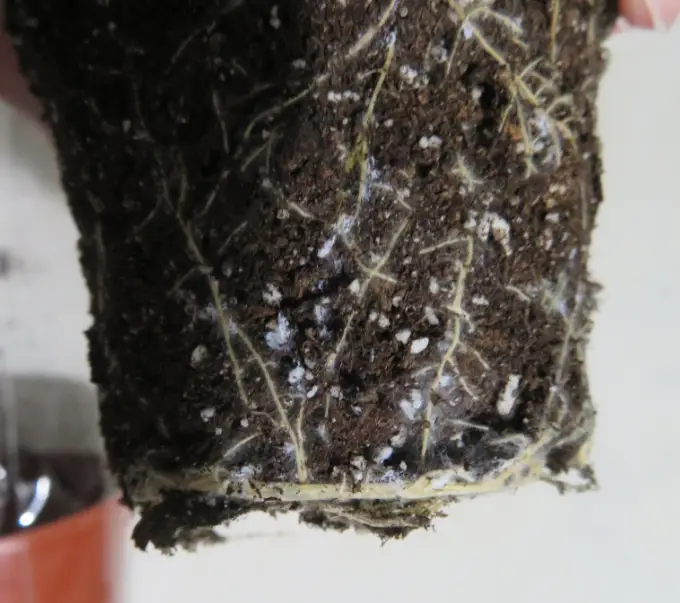Identification + How to Get Rid of Whiteflies on Houseplants
Whiteflies are common pests on indoor plants and they can also be found in greenhouses. The pests aren’t just a household nuisance but a threat to the plants. They feed on plant sap resulting in poor growth, less production of flowers and fruits, and even death of the plant.
Like most houseplant pests, whiteflies can get in your home through open windows, on newly purchased plants, or through contaminated soil. Due to the warmer indoor conditions, they reproduce quickly and their population can easily spiral out of control.
Since this is a problem I have dealt with before, I have a clear view of what whiteflies can do to your plants. In this guide, I will explain how to identify, treat and get rid of whiteflies on houseplants safely including the use of insecticidal sprays and home remedies.
Whiteflies on houseplants identification
Whiteflies are closely related to aphids and mealybugs and are identified by their heart-shaped bodies and powdery white wings. The adults are about 1/10 to 1/15 inch in length. In large infestations, whiteflies burst into snowflakes-like clouds when a plant is bumped or moved.
Symptoms of whiteflies on plants vary depending on their number. Since they feed by sucking the nutrient-rich sap from plants, it’s common to see stems and leaves molted or turning yellow. They also secrete honeydew that attracts ants. A black, sooty mold may also grow on the honeydew.
The complete lifecycle of whiteflies takes about 4 to 5 weeks. Female whiteflies commonly lay their eggs on the underside of the leaves, explains the University of California. The eggs hatch into nymphs which actively feed on plant juices. By the time they develop into young adults, the plant is badly damaged.
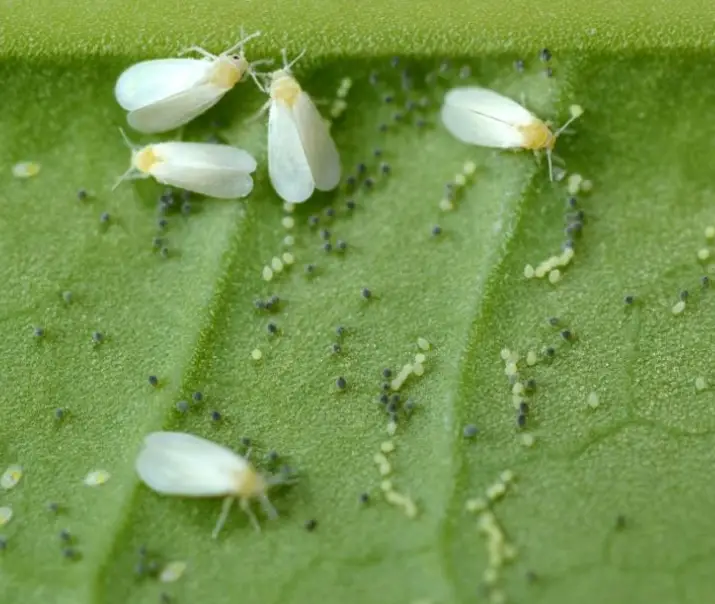
How to get rid of whiteflies on houseplants
The firsts step in controlling whiteflies is to provide good care for your plants. Well-maintained healthy plants are less susceptible to infestations. The next important thing is to inspect your plants regularly and if you find any whiteflies here is what to do:
1. Use sticky traps
Whiteflies are highly attracted to yellow objects and this explains why yellow sticky traps are used in gardens and greenhouses, explains Iowa State University. However, sticky traps won’t completely eliminate the problem of whiteflies on your houseplants as they only trap the flying adults and not the eggs.
2. Vacuum the bugs
Use a handheld vacuum or a hose attachment to suck the whiteflies into the vacuum bag. Lift the leaves or stems and vacuum the underside as well but carefully without damaging the plant. Dump the removed whiteflies and their eggs into a plastic bag, and seal it for disposal.
3. Hose off the flies
Spraying your plant with a strong strand of water will dislodge hidden adult whiteflies, larvae, and their eggs. Be careful not to damage the plant or soak the soil. Cactus in particular is prone to root rot when overwatered. You may cover the pot with a plastic back to prevent the soil from getting waterlogged.
4. Apply insecticide
Pesticides are effective in controlling large or persistent infestations. Unlike synthetic, organic pesticides breaks down quickly and many do not harm non-targeted species in the environment.
You may not find a pesticide product labeled as organic or natural but you can tell from the ingredients.
I always use neem oil or insecticidal soap in managing whiteflies, fungus gnats, and mealybugs with great success. While this can be desirable, it requires that you apply the pesticide more frequently to get the desired control.
Insecticidal soaps work by washing off the protective coating on the insect’s surface. Once it penetrates, it causes cells to desiccate and the insect dies. On the other hand neem oil interferes with the normal life cycle of insects, including feeding, molting, mating, and egg-laying.
According to the Environmental Protection Agency, neem oil can be applied to many food and non-food crops indoors and outdoors to control various insects including whiteflies, moth larvae, mites, aphids, and related organisms.
Neem oil and insecticidal soap work upon contact. So, when using make sure to spray everywhere on the plant including the underside of leaves. It’s important to test a pesticide on a few hidden parts of the plant and to read and follow the manufacturer’s instructions.
5. Use a home remedy
With the right home remedy for whiteflies, you can save your plants without spending so much money. I usually make my own insecticidal spray by mixing 1 1/2 teaspoons of organic neem oil concentrate, 1 teaspoon of pure liquid soap, and 1 liter of slightly warm water in a spray bottle.
Before using the remedy, I start by testing it on a few parts of the plant. If there is no damage in the next 48 hours, I now apply on the whole plant covering all the parts. I repeat the application after every four weeks until all the bugs are gone.
If you decide to make your own insecticidal soap for whiteflies or other pests, use a soap that doesn’t contain fragrances or other artificial ingredients. Most dishwashing soaps can harm your plants when used as a homemade spray for pests.
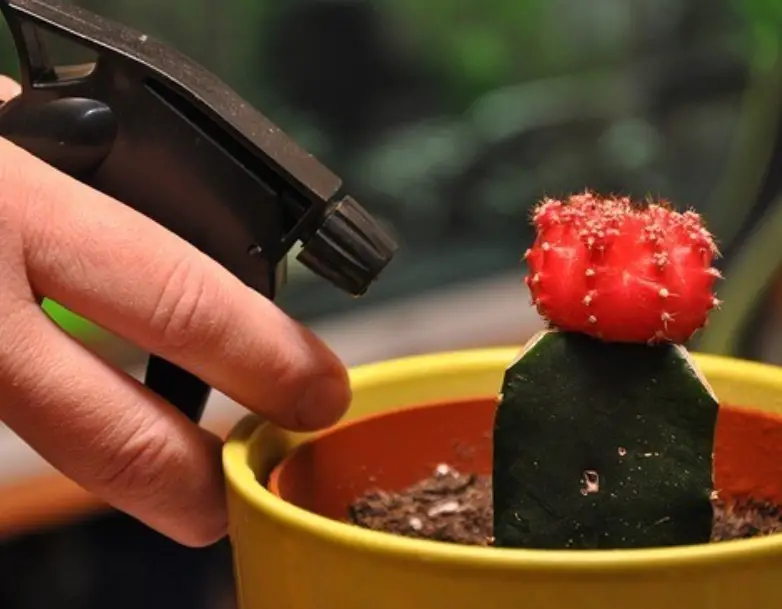
What causes whiteflies on indoor plants?
You might be wondering where the whiteflies on your houseplants come from. As said whiteflies can come into your home by themselves through the open windows or doors. They can fly from the nearby thicket or outdoor gardens into your home.
The bugs can also be brought in by newly purchased plants or fresh flowers that have the whiteflies’ eggs. Due to the warm indoor conditions, the eggs will hatch in a few day’s time and you will have the whiteflies all over your plants. The same also happens when you use contaminated potting soil.
Whiteflies can spread quickly when your plants are not regularly monitored or well cared for. Overfertilizing, overwatering, underwatering, and poor ventilation can stress out plants and make them susceptible to pests and diseases.
Final thoughts
Whiteflies are notorious houseplant pests that feed on plant sap resulting in massive damage to the plants. It can be very difficult to get rid of whiteflies completely if you don’t check your plants regularly for early signs of infestations. They reproduce and spread very quickly.
Controlling whiteflies on indoor plants needs a well-calculated approach because the adults fly in the air while the young ones and eggs remain attached to the plant. If you decide to vacuum them, then you have to hose off the eggs and nymphs from the plant or treat them with insecticidal spray.
To prevent whiteflies, clear weeds or thickets near your home and ensure that all new plants are quarantined and thoroughly inspected for pests and their eggs. If you take any houseplants outside for warmth during the summer, be sure to clean and inspect them before bringing them back indoors.
My name is Diane M Lewik, and I am the founder of this website. I am a degree holder in plant biology from the University of California – Berkeley. Over years, I have cultivated a vast collection of succulents and I have learned a great deal about how to grow and care for these unique plants.
